Let's be real: most go-to-market (GTM) strategies are variations on a familiar theme. You define an ICP, map out some buyer journeys, throw together a mishmash of marketing tactics, and hope for the best. But if you want to really stand out, if you want a GTM engine that fuels predictable, scalable growth, it's time to ditch the cookie-cutter approach and get ruthlessly strategic.
I'm the founder of a SaaS marketing agency. Over the years, I've guided numerous companies through the GTM jungle. It's a complex process, but some hard-won lessons have emerged. Here's my take on the nuanced, often-overlooked elements that differentiate a merely “okay” GTM strategy from a high-converting growth machine.
It ALL starts with positioning
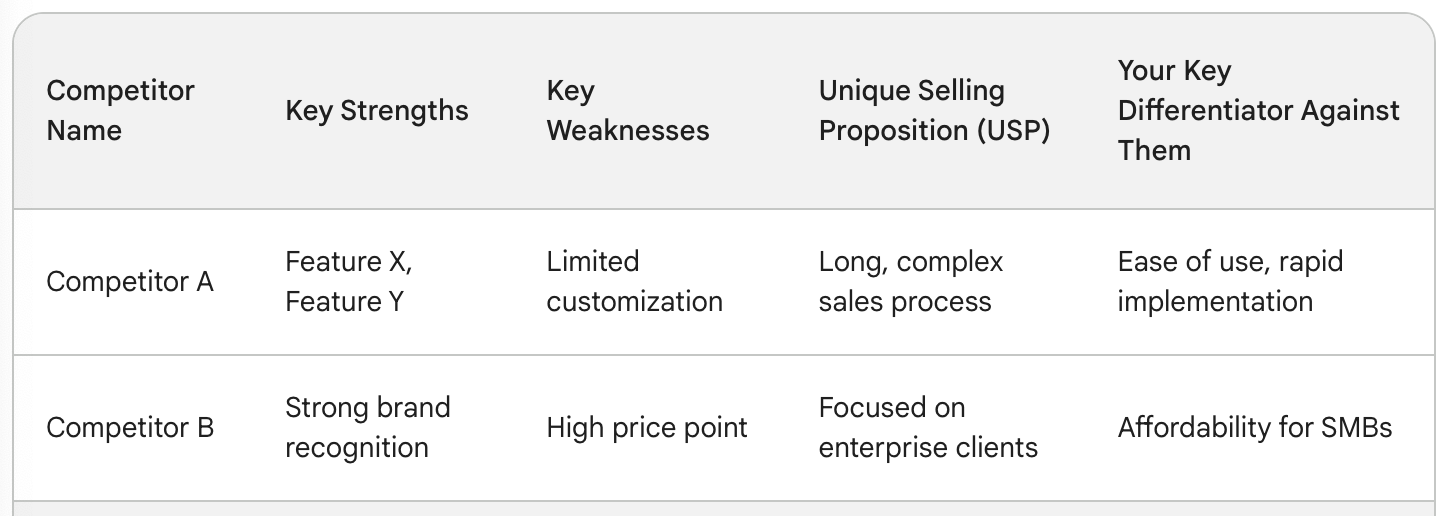
Bland positioning is an insidious disease. It infects your messaging, weakens your value proposition, and leaves your prospects asking, “So what?” Don't be that company. Take the time to deeply interrogate your differentiation.
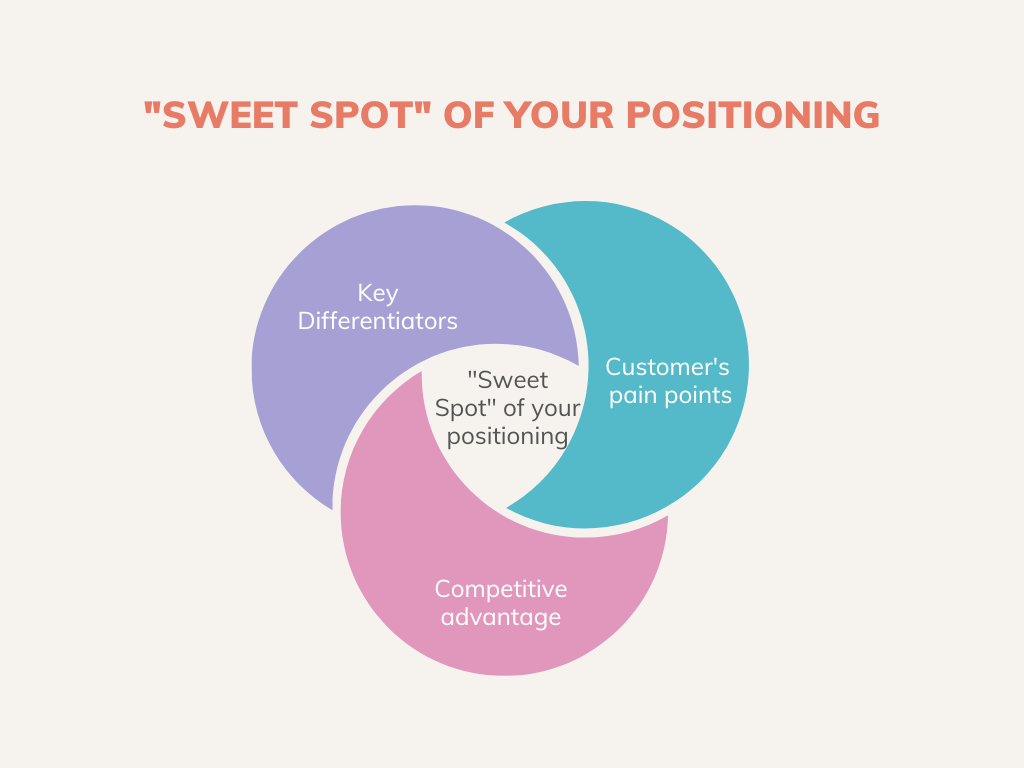
The “Who Cares?” Test
Can you succinctly answer why your ideal buyer should choose you over the competition? Don't rely on generic jargon or buzzwords. Frame your superiority in terms your customers actually care about.
Jobs To Be Done (JTBD)
Go beyond demographics and surface needs. Think about the fundamental jobs your customers hire your product to do. This JTBD-focused lens will refine your understanding of their pain points and how you uniquely solve them.
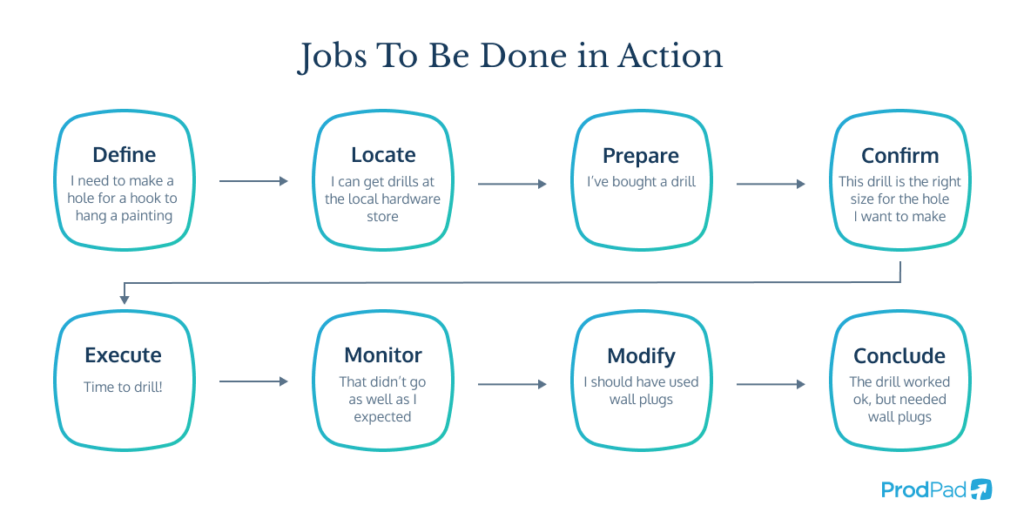
Market Category Matters
Are you fighting to redefine an existing category or pioneer a new one? The stakes and strategies differ substantially. Analyze the dynamics of your market to craft your positioning strategy accordingly.
Example: Think about how Gong.ai positioned itself. Revenue intelligence was a nascent category when they burst onto the scene. Instead of just saying “we record sales calls,” they created a powerful narrative around the untapped potential of sales conversations and how their technology could turn them into actionable insights.

Pricing: Your secret GTM weapon
Pricing is not just a way to make money; it's an integral part of your go-to-market strategy. Too many companies set their prices based on gut feel or what the competition is doing, and then bolt it onto their GTM later. This is a critical mistake. Here's how to use pricing strategically.
Customer Segmentation
Your target customers shouldn't all pay the same price. Design tiered pricing with clear value delineations to cater to different segments, budgets, and use cases. This maximizes your potential revenue and broadens your customer appeal.

The Decoy Effect
Utilize decoy pricing strategies to direct prospects to your preferred option. This psychological tactic can significantly uplift both conversion and average revenue per account.
Pricing = Positioning
Your pricing reinforces your product and market positioning. Be transparent but don't undersell yourself. Are you cost-effective and widely accessible, or a highly specialized, premium solution? Make sure your pricing aligns with this perception.
Example: Observe how Atlassian has mastered value-based pricing. Their tools like Jira and Confluence are used across individuals, teams, and large enterprises. Their multi-tiered pricing reflects this, making their value proposition accessible to a wider range of customers while still maximizing revenue.
The GTM Powerhouse: Sales + Marketing + Success
Sales, marketing, and customer success can't operate in silos if you want sustainable growth. Alignment across these teams is the hallmark of a hyper-performing GTM engine. It's time to dismantle internal barriers and focus on handoffs and knowledge-sharing.
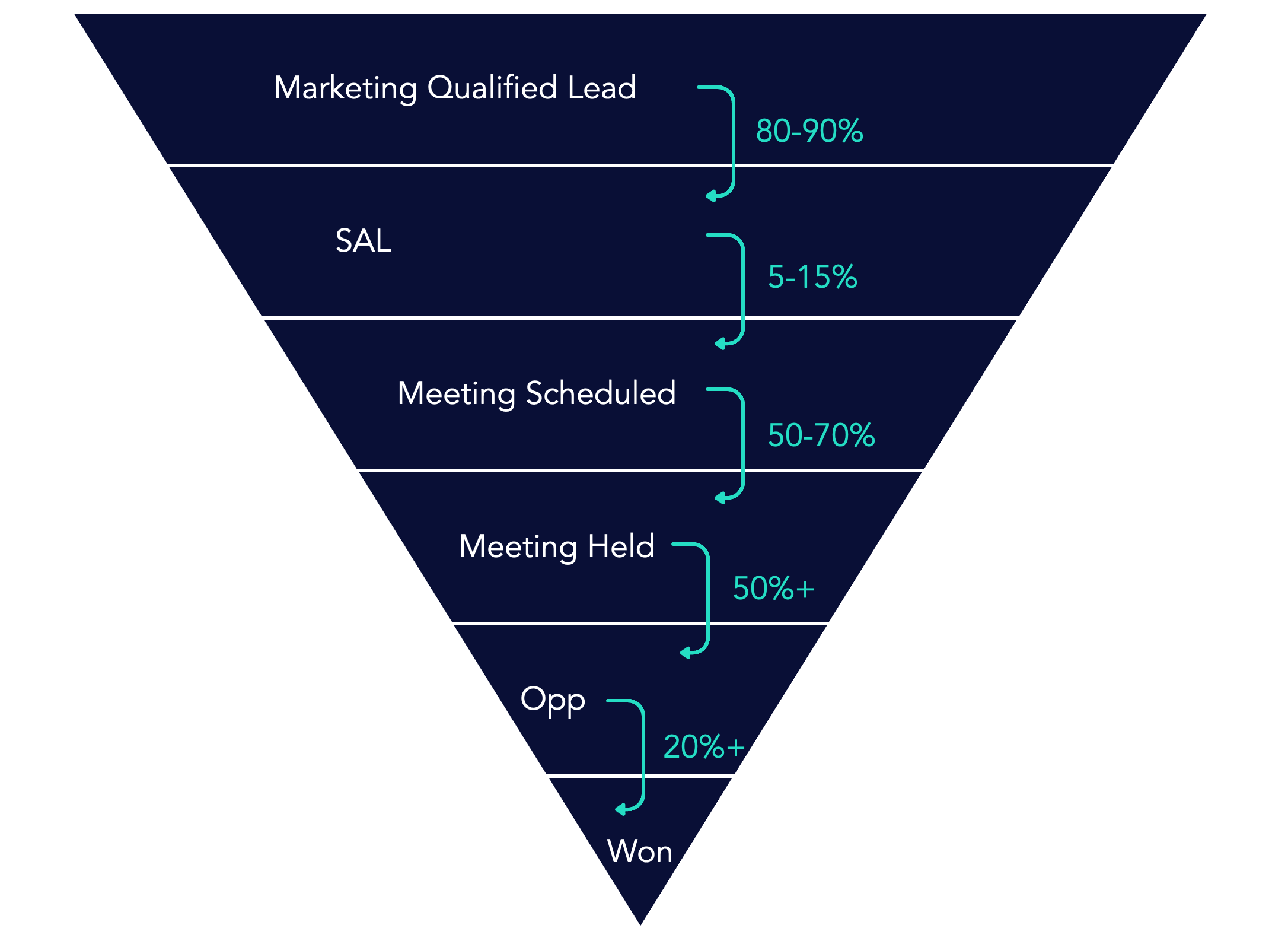
The Lead Handoff: This isn't just about marketing tossing SQLs over the fence. Define clear lead qualification stages to ensure your sales team is working on truly sales-ready leads and you're not burning reps' time (and enthusiasm).
Shared Knowledge Base: Build an internal knowledge repository with valuable resources from across these teams. This should include competitive intel, customer use cases, best practices, and more. Make sure everyone has access, fostering a culture of shared learning.
Closed-loop Reporting: Track the flow of leads through the entire lifecycle. Identify where prospects drop off, what tactics are truly working, and what adjustments need to be made. This data-driven alignment drives continuous refinement of your GTM motions.
Example: Look to HubSpot. They've embodied this integrated strategy. HubSpot's robust CRM is the backbone, aligning teams under one system. Their marketing and sales efforts intertwine seamlessly, driven by data and insights from their robust customer success organization.

Niche Down for Outsized Growth
The urge to go broad is natural. After all, more potential customers equal more revenue, right? Wrong. Focus is your superpower in a crowded market. Here's why niching down is almost always the superior strategy:
Messaging That Resonates: When you try to speak to everyone, you speak to no one. Zero in on a specific niche, and your message will cut through the noise. You'll understand their language, pain points, and aspirations more deeply, resulting in content and outreach that feels tailor-made for them.
Become an Expert: In a specialized niche, you can quickly establish yourself as the go-to authority. This translates to higher-quality leads, better close rates, and the ability to command premium pricing.
Efficient GTM: When you have a laser-focused target audience, your marketing and sales efforts become highly targeted. This means less wasted budget, more qualified leads, and a faster sales cycle.
Example: Think about how Drift carved out their position. Instead of generic “live chat” software, they honed in on the concept of “conversational marketing.” This niche focus enabled them to build a compelling brand and become thought leaders in their space.

Demand Gen: Beyond the Basics
Yes, you need content marketing, paid ads, and all the usual suspects. But in a saturated market, the real wins come from going deeper, prioritizing quality over quantity, and experimenting strategically. Here's how to level up your demand generation:
Invest in ORIGINAL Research
Become the source of valuable data and insights in your niche. Conduct surveys, industry studies, or even smaller-scale customer analyses. Position this research-driven content as a cornerstone of your thought leadership and repurpose its findings throughout your campaigns.
“Reverse Engineer” High-Intent Channels
Where do your ideal customers hang out when they're in active buying mode? Are there specific niche communities, industry forums, or lesser-known social media groups? Focus on high-intent channels over broad-brush, top-of-funnel tactics.
Experiment with Account-Based Marketing (ABM)
If you're targeting larger enterprise clients, ABM can be a game-changer. ABM flips the funnel – you focus on high-fit accounts and create personalized campaigns to engage and nurture key decision-makers.
Example: Look at the success of SparkToro. Their founder, Rand Fishkin, has become an SEO industry powerhouse through original research like their annual ranking factors report. This drives brand awareness, positions them as experts, and undoubtedly fuels their lead generation.

The Power of Underestimated Tactics
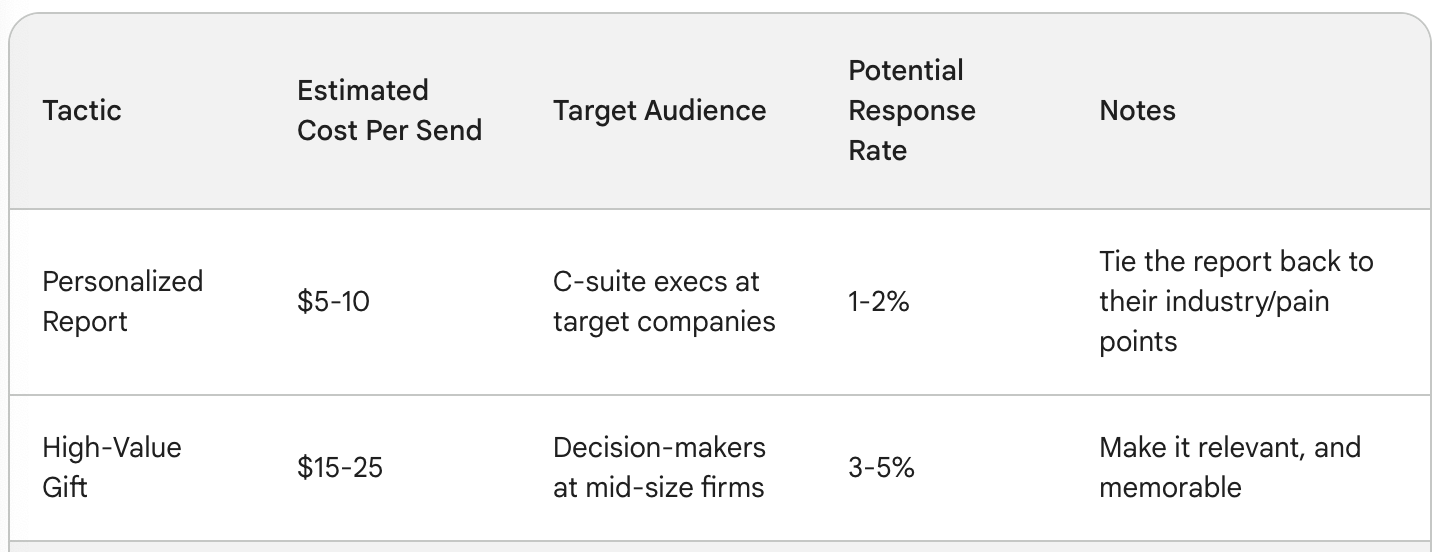
In the rush to embrace the latest marketing trends, it's easy to forget that some “old school” tactics are still incredibly potent – especially when executed with finesse.
PR (done right): Not just press releases. Focus on strategic thought leadership placement in reputable publications your ICP reads. Build relationships with relevant journalists and become their go-to source for expert commentary.
Partnerships: Think beyond generic affiliate programs. Forge strategic alliances with companies serving the same customer base. Guest webinars, co-branded content, and combined offerings can open up powerful new demand channels.
Direct Mail that DOESN'T suck: In a world overflowing with digital noise, a well-crafted physical mailer stands out. Aim for highly-targeted, personalized mailings that deliver value – think exclusive reports, insightful offers, or even playful, well-branded gifts to high-value prospects.
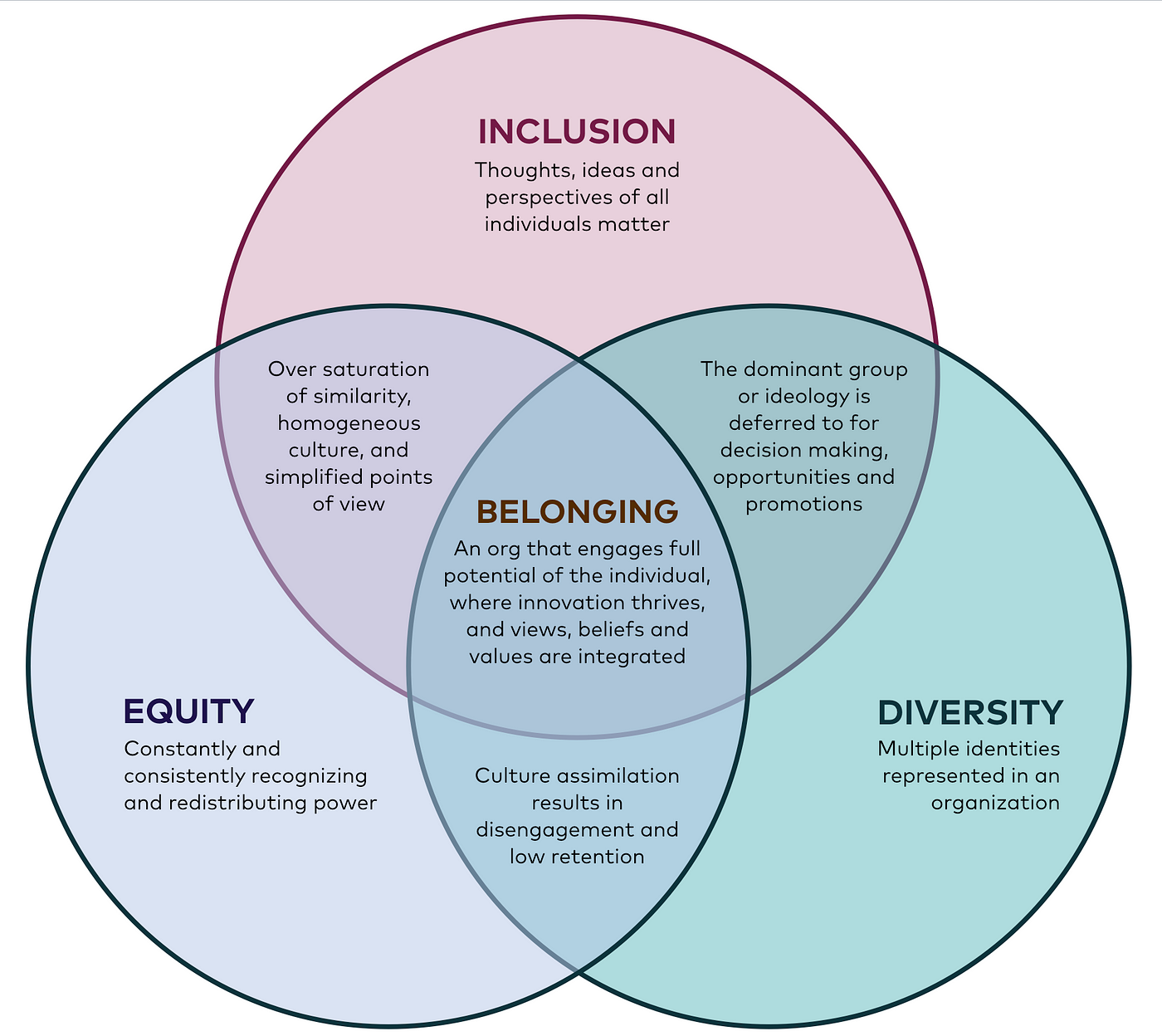
The Long Game: Community is Key
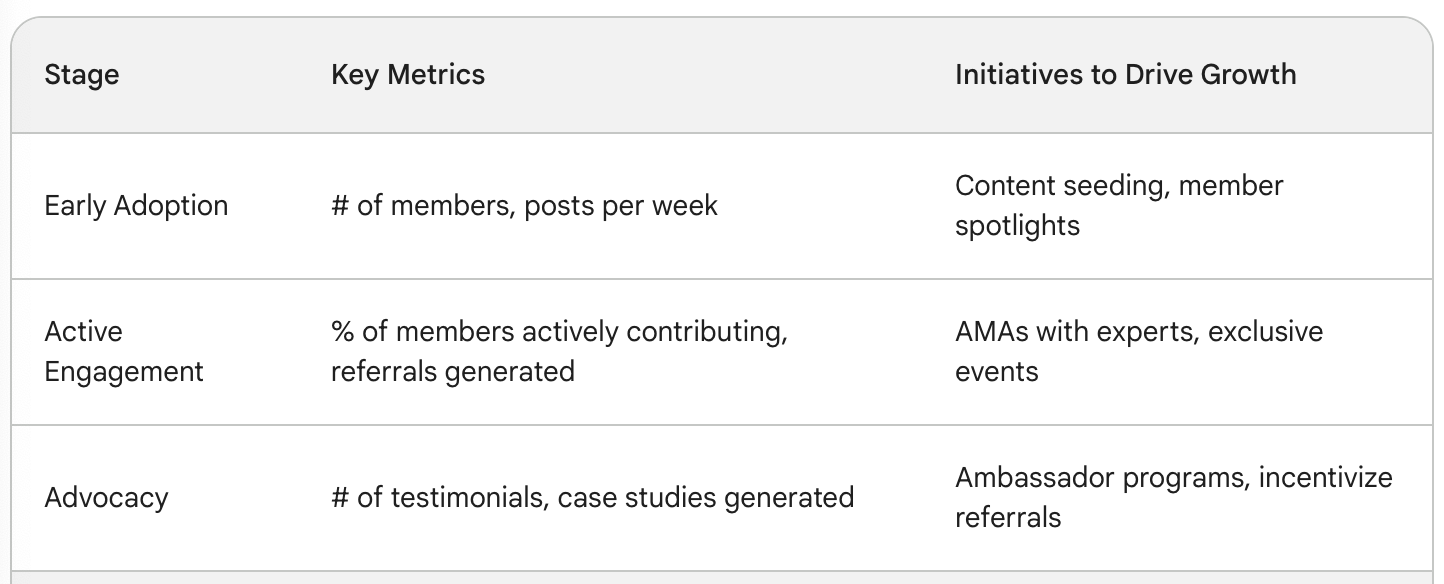
True market dominance is built over time. Community is the engine that fuels that long-term growth, especially for SaaS. Don't treat your customers as just revenue stream; invest in nurturing the community around your product.
Focus on:
- Customer Enablement: Go beyond onboarding. Ensure your customers realize the full potential of your product with educational resources, ongoing training, and personalized support.
- Customer Advocacy: Turn your most enthusiastic customers into your loyal champions. Incentivize testimonials, referrals, and case studies.
- Community spaces: Create forums, online groups, or even in-person events where your customers can connect, share best practices, and build a tribe around your brand.
Example: Salesforce is a master of community building. Their Trailblazer program is a powerful example of customer enablement and advocacy done right, while events like Dreamforce facilitate in-person connection at a massive scale.
Building a high-converting go-to-market strategy isn't about following a checklist. It's a mindset shift – a commitment to focus, differentiation, and a deep understanding of your ideal customer.
Yes, there are established frameworks and best practices, but it's the nuances that separate the wildly successful from the merely mediocre. Embrace experimentation, challenge the status quo, and don't be afraid to forge your own path. This is how you build a GTM engine that fuels not just growth, but the kind of market dominance that redefines the rules of the game.
FAQ
1. My GTM strategy feels scattered. Where do I even start to refine it?
Start by ruthlessly interrogating your positioning. If you can't clearly and concisely articulate what makes you different and why your ideal customer should choose you, your entire GTM engine will lack focus. Analyze your competition, dig into your customers' true pain points (Jobs to Be Done), and ensure your messaging speaks directly to those needs.
2. How do I know if I should niche down further?
Ask yourself these questions: Can you clearly describe your ideal customer in a way that goes beyond basic demographics? Does your messaging feel like it could speak to multiple industries or use cases? Are you struggling to stand out in a crowded market? If you answered yes to any of these, it's likely that niching down will significantly boost your GTM results.
3. My pricing feels arbitrary. How do I structure it strategically?
Think in terms of customer segmentation. Different sizes of companies, or those with varying needs, likely have different willingness to pay. Design tiers that clearly delineate value – don't just add or remove features randomly. Consider using decoy pricing (a third option) to psychologically influence decision-making. And remember, your pricing should align with the type of brand you want to build.
4. Sales and marketing are constantly at odds. How do I foster true alignment?
Break down silos by prioritizing shared goals and data. Clearly define what makes a lead sales-ready (MQL to SQL), so there's no debate over who "owns" what. Build a shared knowledge base with insights from both teams and track the entire customer journey through sales and success. This data-driven alignment will eliminate friction and fuel better decisions.
5. I've tried the standard demand gen tactics, what else can I do?
Think high-intent channels. Where do your ideal buyers congregate when they're deep in the buying cycle? Look for industry-specific subreddits, niche forums, or communities where your target customers are actively asking questions and seeking solutions. And don't underestimate the power of original research – become the source of valuable data with industry reports or customer surveys.
6. Should I experiment with Account-Based Marketing (ABM)?
If you target larger, enterprise-level clients, ABM is a worthwhile investment. Instead of broad lead generation, ABM focuses on developing highly personalized campaigns to reach key decision-makers within specific, high-value accounts. Do your research to understand the nuances of ABM before diving in.
7. Are 'old-school' tactics like PR and direct mail still effective?
Absolutely, but only when executed with finesse. Generic press releases are useless; focus on offering expert insights and thought leadership in the publications your target audience actually reads. For direct mail, forget mass-produced flyers -- send personalized, valuable, and surprising mailers to stand out from the digital noise.
8. How important is community-building for long-term GTM success?
Community should be a core pillar of your GTM, especially for SaaS. Facilitate spaces for your customers to connect, offer ongoing education and support to ensure they succeed with your product, and turn your most enthusiastic customers into brand advocates. This fosters loyalty and generates a steady stream of referrals and social proof.
9. What metrics are crucial for tracking GTM performance?
Go beyond vanity metrics like leads generated. Look at the quality of those leads (conversion rates through the funnel), customer acquisition cost (CAC), average revenue per user (ARPU), and ultimately, customer lifetime value (LTV). These metrics tell you if your GTM is truly generating profitable, sustainable growth.
10. Where can I find more resources to help me improve my GTM strategy?
Seek out blogs and thought leaders sharing advanced strategies in your niche. Look for case studies of successful GTM implementations. Consider joining online communities of marketers and founders where you can ask questions and learn from others' experiences. And don't hesitate to experiment – the most successful GTM strategies are often the ones that take calculated risks.




